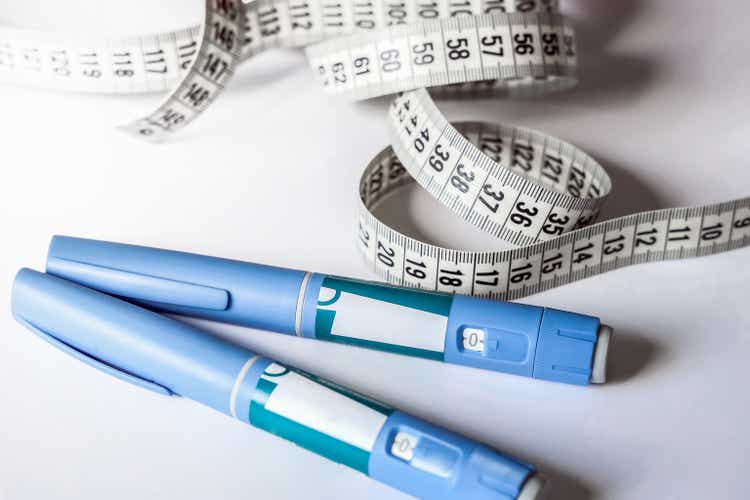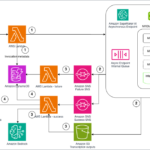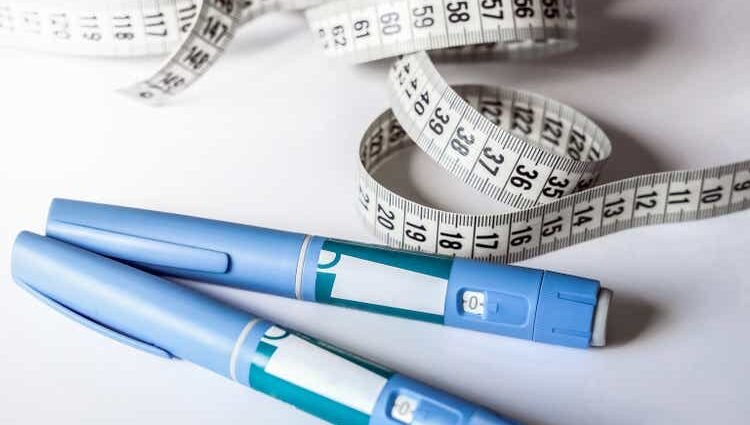
CR
Eli Lilly (NYSE:LLY) and Novo Nordisk (NVO), which already have blockbusters with their weight loss drugs Zepbound (tirzepatide) and Wegovy (tirzepatide), are likely to dominate the market even if other drugs are approved, according to two Street analysts.
Holly Morris, managing director at J.P. Morgan Asset Management focused on health care, believes that due to their size and getting their treatments to market the earliest, the two companies are poised to control it.
Speaking during a panel discussion on GLP-1 drugs at the Seeking Alpha Investing Summit in New York on June 18, Morris noted that the surgical robotics sector has essentially been a monopoly despite new entrants.
“Lilly and Novo have a tremendous amount of intellectual knowhow, and have poured decades of R&D into this” class of drugs. “They have a huge moat around the supply chain and both have spent billions building up supply….I think it’s going to be very hard for any company to overtake Lilly or Novo.”
Louise Chen, who focuses on large-cap pharma stocks as a managing director at Cantor Fitzgerald, added that for new entrants to make a mark in the space, they will have to show differentiation. This could include medications that are taken orally, dosed less frequently, preserve muscle mass, or are combination products.
But she admitted that smaller companies will have difficulty commercializing as stand-alone entities. “I think they are just going to have to get acquired” if they want to succeed, she added.
Chen’s projections for GLP-1 drugs, which also include Lilly’s Mounjaro and Novo’s Ozempic, are $45B this year and $65B in 2025, though the latter could be higher if supply issues are improved. In five years, she sees GLP-1s as a $100B market.
Both Lilly (LLY) and Novo (NVO) have other weight loss drugs in their pipeline. The former has orforglipron, an oral GLP-1, and retaturide, a triple GLP-1, GIP, and GCGR agonist, with both in phase 3. The latter has CagriSema, a combination of cagrilintide, a dual amylin and calcitonin receptor agonist, and semaglutide, in phase 3, and monlunabant, a CB1 receptor blocker, in phase 2.
Other drug candidates in mid-stage development for obesity include Viking Therapeutics’ (VKTX) VK2735, Structure Therapeutics’ (GPCR) GSBR-1290, Altimmune’s (ALT) pemvidutide, Zealand Pharma’s (OTCPK:ZLDPF) petrelintide, Pfizer’s (NYSE:PFE) danuglipron, and Amgen’s (NASDAQ:AMGN) AMG133, also known as MariTide.
Roche (OTCQX:RHHBY) has also two early-stage candidates in the pipeline, CT-996 and CT-388, through its acquisition of Carmot Therapeutics.
Morris believes that a therapy with better weight loss reduction won’t necessarily dethrone another that has significant market share. “I’m still trying to figure out the currency which will win this market. We’re getting to these levels of weight loss now that are very dramatic, like 25%+, and not everybody needs that.”
“I think what we’re going to see is this market really segment out,” she added. “It’s not necessarily going to be this one has the best efficacy so this is going to take over and cannibalize” other drugs.











